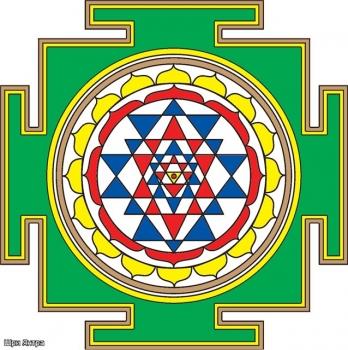 |
| Ginger root |
This tea can be drunk both hot and cold.
Did you know? Ginger contains lots of beneficial agents, the main of which are: asparagine, aluminium, calcium, capric acid, chrome, choline, fats, fibre, iron, germanium, linoleic acid, manganese, magnesium, oleic acid, nicotinic acid, phosphorus, silicon, potassium, sodium, vitamin C. Ginger is a pain-killer, an anti-sweller, an antioxidant, an appetite whetter, a digestion improver, a breath freshener, a great tonisizer, a fatigue killer...
Enjoy your green tea with ginger!

